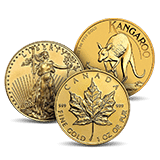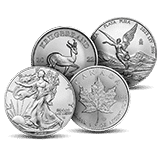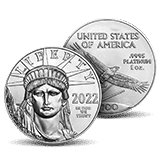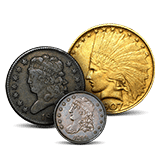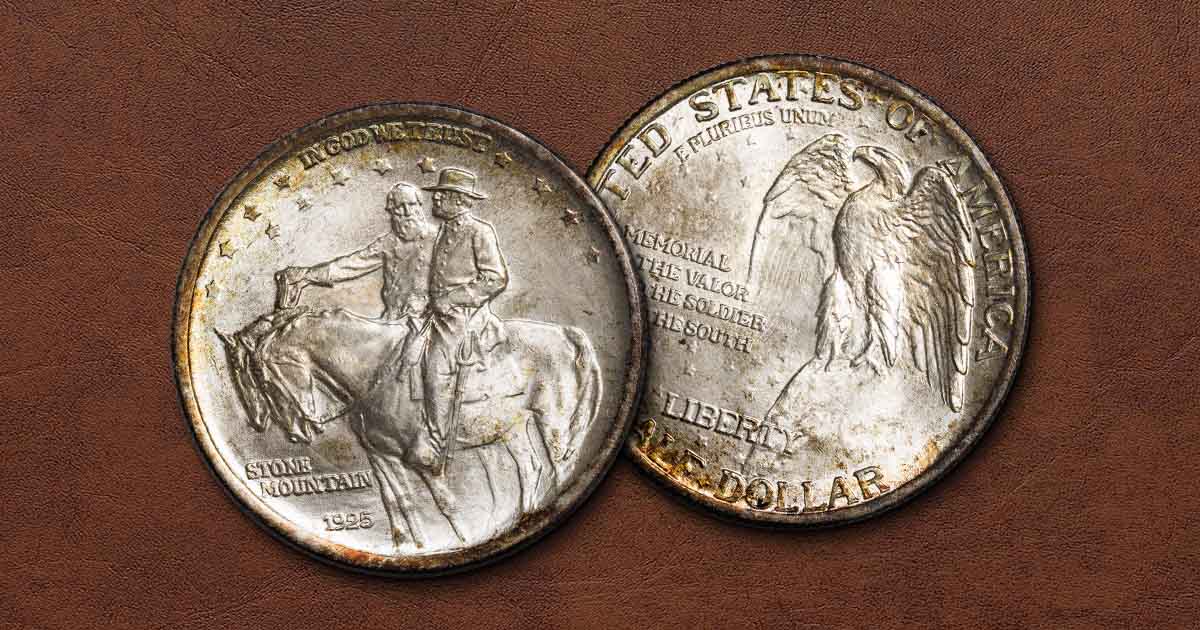
Counterstamped Stone Mountain half dollar coins can be valuable to the right buyer.
Most Stone Mountain half dollars are worth as little as $60 and as much as $13,000 depending on the grade. In 1925, one Florida counterstamped Stone Mountain half dollar sold for $1,500 and as recently as January 2019, one in a low G-4 grade sold for $1,150.
To get a clear picture of the exact value of your 1925 Stone Mountain half dollar, it would need to be graded by one of the coin grading organizations.
What was the Stone Mountain Half Dollar?
The 1925 Stone Mountain half dollar was issued to raise funds for the Stone Mountain Memorial in Georgia.
In 1912, C. Helen Plane, a member of the United Daughters of the Confederacy (UDC) conceptualized a monumental sculpture to honor the leaders of the Confederacy. To bring the idea to fruition, the Venable family, who owned Stone Mountain, gave the north face of the mountain to the UDC in 1916 and stipulated that the memorial should be completed in 12 years.
Gutzon Borglum was hired one year earlier to begin work and was appointed carving sculptor by the Stone Mountain Monumental Associated in 1916. However, he was not able to begin carving until 1923 because of delays amid World War I and funding issues.
By 1924, Borglum had completed the head of General Robert E. Lee while working on the design for the Stone Mountain half dollar.
In the following year, he was mired in a dispute with the managing association that resulted in his departure from the project. Borglum went on to carve Mount Rushmore in South Dakota, and Augustus Lukeman, the second sculptor, took over the project.
Lukeman removed Borglum’s work and began his own work with pneumatic drills. In 1928, which was the Venable family’s 12-year deadline, Lee’s head was again complete, but that was all that had been finished. The family reclaimed the property, and in 1958, the state of Georgia purchased both the mountain and land surrounding it.
In 1963, Walker Kirkland Hancock was hired and resumed work on the monument in 1964, utilizing a new method for carving granite with thermo-jet torches. Just six years later, in 1970, a dedication ceremony was held for the monument. The final touches were added to Stone Mountain in 1972.
Why was the Stone Mountain Half Dollar Counterstamped?
Stone Mountain half dollars were counterstamped with numbers and letters as part of a private plan known as the Great Harvest Campaign to raise awareness and drive sales. The campaign was deeply rooted in commemorating Confederate heritage, connecting these half dollars to the broader history of CSA currency and its role during the Civil War. As virtually all the counterstamps are uniform, it is believed that one body, the Stone Mountain Confederate Monumental Association, made these marks in the coins.
What do the Counterstamps Mean?
The counterstamping involved state abbreviations, as well as initials and numbers, and the counterstamped coins were sold at a premium. Some were marked with UDC, and other markings like G.L. (Gold Lavalier) and S.L. (Silver Lavalier) were not identified for years. The counterstamped coins were sold for an average of $23, although some sold for as little as $10 and some for as much as $110.
Accounting for pieces that did not sell and were melted, there were 1.3 million Stone Mountain Memorial half dollars distributed. There is not a record of how many were counterstamped, nor a full accounting of the stamps that were used.

